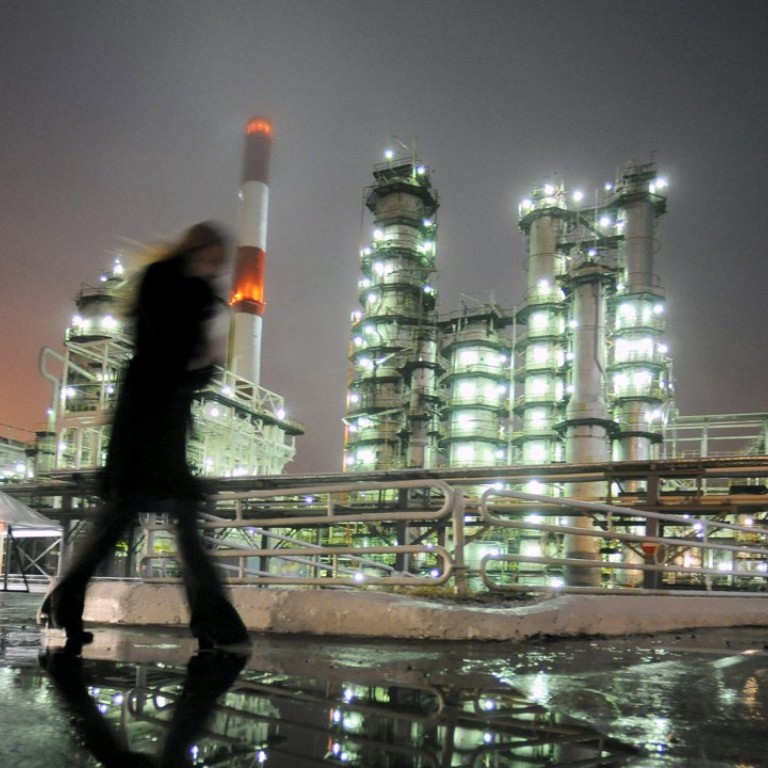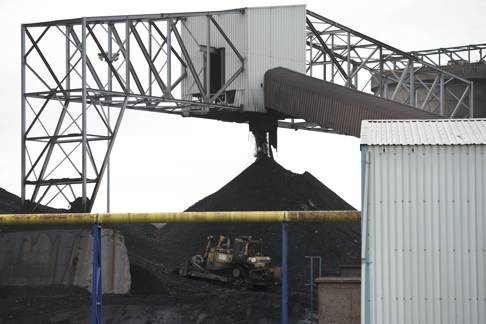
The 2016 commodity story: hoping your rivals will die
Producers still following tactics that have failed for past few years
If 2015 was the year in which the growing oversupply of key commodities led to a rout in prices, will 2016 bring the point of capitulation, leading to consolidation and the start of recovery?
That would certainly be the hope of many beleaguered commodity producers, be they members of Opec, shale gas drillers in North America or the big companies that bet their futures on what they thought would be China’s endless appetite for coal, iron ore, copper and liquefied natural gas (LNG).
But the problem with hoping for a rationalisation of supply is that everybody wants someone else to shut down or cut production.
Everywhere in commodity markets, producers are still following the tactics that have largely failed for the past few years.
That is to cut costs while increasing output, in order to keep, or increase, market share while lowering the unit cost of production.
This is a great strategy as long as your company is the only one able to pursue it successfully, but if everybody is able to do it, all that happens is prices continue to fall as more supply hits the market.
Spot iron ore fell to the lowest since assessments began in 2008 earlier this month
Coal is probably the major commodity most advanced in this process, with 2015 representing a fifth year of declining prices that has seen the Asian benchmark Newcastle index lose almost two-thirds of its value since January 2011.
Yet, despite this massive loss in the value of coal, output hasn’t declined significantly in major exporters such as Australia and Indonesia, with cost-cutting and weakening currencies allowing producers to keep mines open.
This dynamic is also playing out in iron ore, where the big three miners that dominate global trade, Brazil’s Vale and the Anglo-Australian pair of Rio Tinto and BHP Billiton, have managed to lower costs so much that they can still make decent profits.
Iron ore has become a race between who can last longer, the big three’s higher-cost and smaller rivals, or the patience of shareholders angered by a collapse in the value of their investments and concerned about the increasingly likelihood of cuts to dividends.
The chief executives of the large miners will be hoping that supply will be cut as smaller companies are forced from the market, but even if this does happen next year, it’s possible that not enough supply will leave the market to allow for a recovery in prices.

While Vale, BHP and Rio can still make profits at this price, it’s unlikely they can make enough to keep increasing the dividends to shareholders.
If companies such as Rio and BHP are forced to curb payouts to shareholders, expect to see leadership changes as the current management has repeatedly said dividend policies will be maintained and the tactic of dominating the market with low-cost supply will eventually work.
Another group of increasingly nervous producers are those in the oil producers’ carter Opec, as they also await the exit of higher-cost crude from the market.
While top Opec producer Saudi Arabia still has sufficient financial reserves to weather another year of low prices, the budgets of other countries, such as Venezuela and Angola, are starting to look increasingly vulnerable.
Fiscal and economic turmoil generally leads to political upheaval, and if low prices persist, it’s likely that the populations of many of the weaker commodity producing countries will become increasingly restless.
But like coal and iron ore, hopes for a rationalisation of crude supply may be optimistic, especially in the light of Iran’s likely boost to output as Western sanctions are lifted and plans for increased exports from neighbouring Iraq.
The coal and iron ore experience also make it likely that US shale oil drillers, and other higher-cost producers such as Canadian oil sands, will be able to cling on for longer than the market generally expects them to.
Many resource companies will be hoping for a slightly better demand profile in 2016, especially if China’s spending on infrastructure and housing construction picks up in tandem with a slightly brighter economy in the rest of the world.
But demand isn’t the main issue for commodities, and even the most optimistic scenarios for the global economy are unlikely to spur enough consumption to overcome excess supply.
If commodities are to stage any sort of recovery next year, it’s likely to take the form of a fairly brutal first half followed by a brighter second, but this scenario only holds if sufficient supply is forced from the market because of ongoing low prices.
Reuters

